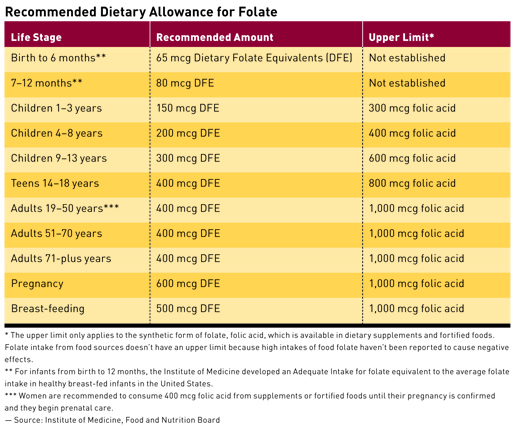
So what results should they get if they follow the advice based on this one thing. Remember, results can appear contradictory because healing can start on some levels and have worse deficiency effects on other levels.Ĭlick to expand.If it were as effective a "science" in it's interpretation as you imply people would be getting much better results. If healing gets started on one and stops on the other you have an answer. So a number of trials may be needed to distinguish which one can get healing going for you. If you get increased folate deficiency symptoms on both on a low dose they may be of different causes. The one you can be sure of is that methylfolate doesn't block methylfolate whereas folinic acid may block methylfolate or may work well and cause donut hole paradoxical folate deficiency. If all you get are more deficiency symptoms on both and nothing else, the 'question' needs to be asked differently because the symptoms are paradoxical. If you get both low potassium and increased folate deficiency symptoms you also have an answer. For instance, if you get increased folate deficiency symptoms on one and low potassium on the other the difference is obvious. You may not have any difference until some other supplements are on board. Doing alternating trials for several repetitions will make the difference obvious if there is a difference. If it makes no difference at all you will save yourself all sorts of worrying. If there is a noticeable difference then you need to figure out what that means.

Investigations: Decreased serum folic acid concentrations, increased serum aspartate aminotransferase (AST, a liver enzyme).I would suggest that you do trials and find out for yourself how your body reacts rather than believing anybody's theories. Nervous system disorders: Headache, paresthesia (tingling, prickling, or burning sensation). Vitamin B6: Although vitamin B6 is generally considered to be relatively nontoxic, adverse neurologic effects have been reported following chronic administration of large pyridoxine dosages, e.g., more than 200 mg daily. Injury, poisoning and procedural complications: Long-term administration of large amounts of iron may cause hemosiderosis clinically resembling hemochromatosis, which is a genetic condition characterized by excessive iron absorption, excess tissue iron stores, and potential tissue injury. Gastrointestinal disorders: flatulence, gastrointestinal irritation, heartburn, stomach discomfort. Nervous system disorders: Metallic taste. Iron: The most common undesirable effects of iron are gastrointestinal (GI) problems, including nausea, vomiting, bloating, abdominal discomfort/epigastric pain, black stools, diarrhea, constipation and anorexia. However, undesirable effects may occur, particularly when the nutrients are used at high doses (e.g., concomitant use of other multivitamin-mineral supplements), see also Overdosage. The amount of nutrients in this product is relatively nontoxic and is usually well tolerated. If the patient has taken more than the recommended dosage, consult a doctor or contact a poison control center immediately. Other side effects reported with megadoses of pyridoxine include peripheral neuropathy, unsteady gait (manner of walking), loss of limb reflexes/numbness and tingling in feet and hands, hyperesthesia (increased physical sensitivity), muscle weakness, impaired or absent tendon reflexes bone pain, headache, dizziness, sleepiness, nausea, upset stomach, breast tenderness, photosensitivity on sun exposure, and exacerbation of acne. Vitamin B6: Long term administration (i.e., 2 months or longer) of large (megadose) dosages (e.g., 2 g or more daily) of pyridoxine can cause sensory neuropathy or neuronopathy syndromes. Stage IV: Occurs several weeks after ingestion and is characterized by GI obstruction (blockage) and liver damage. Stage III: GI symptoms recur accompanied by shock, metabolic acidosis (increased acid in the blood), coma, hepatic necrosis (death of liver tissue), jaundice (yellowish color of the skin, eyes and other tissues), hypoglycemia (low blood sugar), kidney failure, and pulmonary edema (fluid in the lungs).

Stage II: May occur 6 to 24 hours after ingestion and is characterized by a temporary remission or signs of overdosage are decreased. Other symptoms include hypotension, tachycardia (rapid heartbeat) and central nervous system depression ranging from lethargy (sleepiness) to coma (state of unconsciousness). Iron: Acute iron overdosage (e.g., intake of ≥1,500 mg elemental iron for a 50 kg adult) can be divided into four stages: Stage I: Occurs up to six hours after ingestion, the principal symptoms are vomiting and diarrhea.


 0 kommentar(er)
0 kommentar(er)
